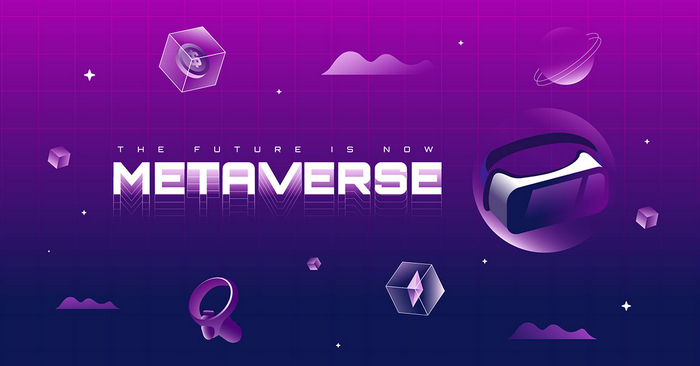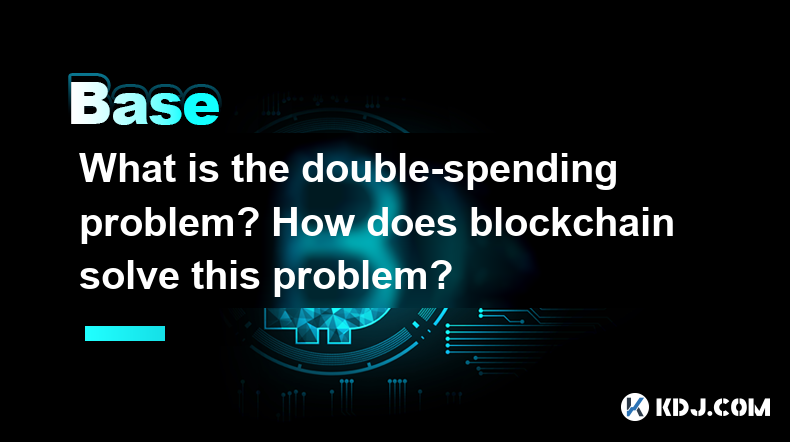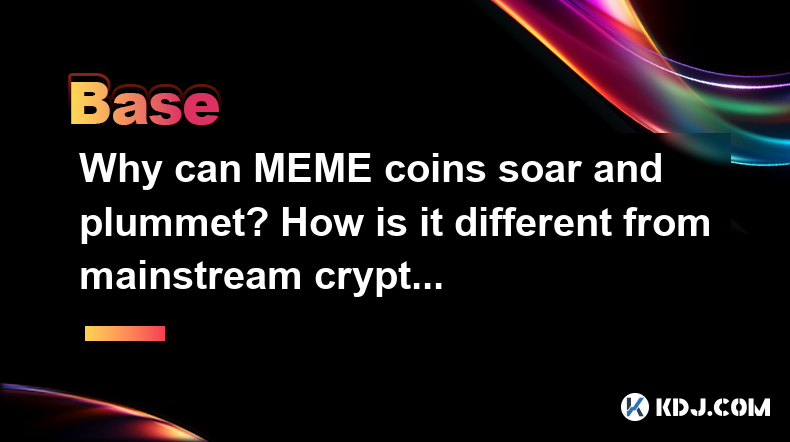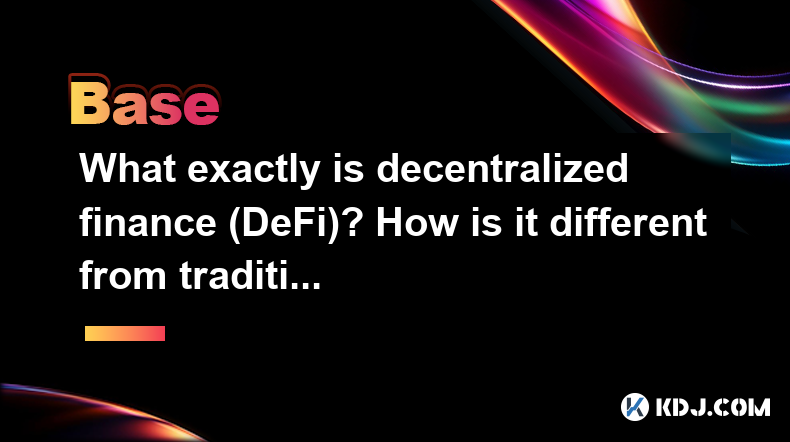-
 Bitcoin
Bitcoin $83,523.5086
0.19% -
 Ethereum
Ethereum $1,812.4637
-0.35% -
 Tether USDt
Tether USDt $0.9997
-0.01% -
 XRP
XRP $2.0714
1.26% -
 BNB
BNB $597.1799
-0.96% -
 USDC
USDC $1.0000
0.00% -
 Solana
Solana $117.3332
-1.14% -
 Dogecoin
Dogecoin $0.1653
0.22% -
 Cardano
Cardano $0.6598
1.67% -
 TRON
TRON $0.2384
1.30% -
 Toncoin
Toncoin $3.5295
-6.29% -
 UNUS SED LEO
UNUS SED LEO $9.3919
-0.36% -
 Chainlink
Chainlink $12.9924
0.15% -
 Stellar
Stellar $0.2615
-0.14% -
 Avalanche
Avalanche $18.5165
0.77% -
 Sui
Sui $2.2403
-2.65% -
 Shiba Inu
Shiba Inu $0.0...01227
0.33% -
 Hedera
Hedera $0.1633
0.24% -
 Litecoin
Litecoin $84.4347
0.79% -
 Polkadot
Polkadot $4.0746
1.71% -
 Bitcoin Cash
Bitcoin Cash $308.4069
1.35% -
 MANTRA
MANTRA $6.3375
-0.49% -
 Bitget Token
Bitget Token $4.5061
-0.56% -
 Dai
Dai $1.0000
0.00% -
 Ethena USDe
Ethena USDe $0.9995
-0.03% -
 Monero
Monero $215.5260
0.65% -
 Hyperliquid
Hyperliquid $11.7177
-1.56% -
 Uniswap
Uniswap $5.9675
-0.42% -
 Pi
Pi $0.5475
-13.02% -
 Aptos
Aptos $5.0529
-3.27%
One article to learn in detail what metaverse means?
The metaverse seamlessly combines VR, AR, and the internet to create immersive, interconnected virtual worlds where users engage in real-time experiences and create their own content.
Oct 19, 2024 at 06:06 am

What is the Metaverse? A Comprehensive Guide
1. Definition
The metaverse is a collective term encompassing a constellation of immersive, interconnected virtual worlds where users can interact with each other, experiences, and digital assets in real-time. It combines elements of virtual reality (VR), augmented reality (AR), and the internet.
2. Key Characteristics
- Immersive experiences: The metaverse aims to provide users with a sense of being physically present in the virtual world.
- Interconnectedness: Metaverse platforms are designed to allow users to seamlessly move between different virtual worlds.
- Real-time interactions: Users can engage with others in real-time through both verbal and non-verbal communication.
- User-generated content: Users can create their own virtual worlds, experiences, and assets, contributing to the overall metaverse ecosystem.
3. Components of the Metaverse
- Hardware: VR headsets, AR glasses, and other devices that facilitate immersive experiences.
- Software: Metaverse platforms that host virtual worlds and enable user interactions.
- Content: Virtual environments, experiences, and digital assets created by users and developers.
- Infrastructure: Cloud computing, network connectivity, and other technological foundations that support the metaverse.
4. Applications of the Metaverse
- Entertainment: Immersive gaming, virtual concerts, and social interactions in virtual worlds.
- Work and collaboration: Remote meetings, virtual workspaces, and immersive training simulations.
- Education: Interactive and experiential learning environments, virtual field trips, and simulations.
- Healthcare: Telemedicine, surgical simulations, and personalized patient care.
- Retail and commerce: Virtual showrooms, personalized shopping experiences, and frictionless transactions.
5. Future of the Metaverse
The metaverse is still in its early stages of development, but it is rapidly evolving and hold significant potential for reshaping various aspects of our lives. Future advancements include:
- Increased connectivity: Interconnection of more virtual worlds and platforms.
- Hyper-realistic experiences: Improvements in hardware and software for more immersive and realistic experiences.
- Expanded applications: Novel uses in fields such as healthcare, education, and industry.
- Ethical considerations: Addressing concerns related to privacy, identity theft, and digital disparities.
Disclaimer:info@kdj.com
The information provided is not trading advice. kdj.com does not assume any responsibility for any investments made based on the information provided in this article. Cryptocurrencies are highly volatile and it is highly recommended that you invest with caution after thorough research!
If you believe that the content used on this website infringes your copyright, please contact us immediately (info@kdj.com) and we will delete it promptly.
- VanEck Files for the First-Ever U.S.-Based Binance Coin (BNB) ETF, Opening New Avenues for Cryptocurrency Investment
- 2025-04-04 16:10:12
- Fil Dor Might Not Be the First Name Jumping Out of the Racecard When You Scan the 2025 Grand National Entries
- 2025-04-04 16:10:12
- Kaanch Network ($KNCH) — The Next Bitcoin or Ethereum?
- 2025-04-04 16:05:11
- Pepe (PEPE) Price Plunges Over 6% to Trade at $0.000006717 as Investors Decrease Their Exposure to the Meme Coin
- 2025-04-04 16:05:11
- Ripple Labs Settles with the SEC for $50M, But XRP's Price Remains Stagnant, Puzzling Investors.
- 2025-04-04 16:00:11
- There are four Coin Master links that offer rewards
- 2025-04-04 16:00:11
Related knowledge

Why is the oracle called the bridge between blockchain and the real world?
Apr 04,2025 at 04:00am
The concept of an oracle in the cryptocurrency and blockchain world is crucial for understanding how these decentralized systems interact with external data. The oracle is often referred to as the bridge between blockchain and the real world because it serves as a vital intermediary that fetches, verifies, and transmits off-chain data to the on-chain en...

What role does the Merkle tree play in the blockchain? Why can it verify data integrity?
Apr 04,2025 at 01:29pm
The Merkle tree plays a crucial role in the blockchain, primarily due to its ability to efficiently and securely verify data integrity. This article will delve into the structure of a Merkle tree, its implementation in blockchain, and how it ensures the integrity of data. Understanding the Structure of a Merkle TreeA Merkle tree, also known as a hash tr...

What is the double-spending problem? How does blockchain solve this problem?
Apr 04,2025 at 09:07am
The double-spending problem is a significant challenge in the realm of digital currencies. Double-spending refers to the potential for a digital currency to be spent more than once. This issue arises because digital files, unlike physical cash, can be easily duplicated. If not addressed, double-spending could undermine the integrity and trust in any dig...

Why can MEME coins soar and plummet? How is it different from mainstream cryptocurrencies?
Apr 04,2025 at 03:07pm
The world of cryptocurrencies is vast and diverse, with a wide range of digital assets that cater to different needs and interests. Among these, MEME coins have carved out a unique niche, often experiencing dramatic price fluctuations that can both soar and plummet in a short period. This phenomenon, while intriguing, differs significantly from the beha...

How are smart contracts automatically executed? What are the classic application scenarios?
Apr 04,2025 at 01:01pm
Smart contracts are self-executing programs stored on a blockchain that automatically carry out the terms of a contract between parties. They are designed to facilitate, verify, or enforce the negotiation or performance of a contract. The automatic execution of smart contracts is facilitated by the underlying blockchain technology, which ensures that on...

What exactly is decentralized finance (DeFi)? How is it different from traditional banks?
Apr 04,2025 at 12:07pm
Decentralized finance, commonly known as DeFi, represents a transformative shift in the financial sector by leveraging blockchain technology to create a more open, accessible, and efficient financial ecosystem. At its core, DeFi aims to recreate traditional financial systems such as lending, borrowing, and trading, but without the need for centralized i...

Why is the oracle called the bridge between blockchain and the real world?
Apr 04,2025 at 04:00am
The concept of an oracle in the cryptocurrency and blockchain world is crucial for understanding how these decentralized systems interact with external data. The oracle is often referred to as the bridge between blockchain and the real world because it serves as a vital intermediary that fetches, verifies, and transmits off-chain data to the on-chain en...

What role does the Merkle tree play in the blockchain? Why can it verify data integrity?
Apr 04,2025 at 01:29pm
The Merkle tree plays a crucial role in the blockchain, primarily due to its ability to efficiently and securely verify data integrity. This article will delve into the structure of a Merkle tree, its implementation in blockchain, and how it ensures the integrity of data. Understanding the Structure of a Merkle TreeA Merkle tree, also known as a hash tr...

What is the double-spending problem? How does blockchain solve this problem?
Apr 04,2025 at 09:07am
The double-spending problem is a significant challenge in the realm of digital currencies. Double-spending refers to the potential for a digital currency to be spent more than once. This issue arises because digital files, unlike physical cash, can be easily duplicated. If not addressed, double-spending could undermine the integrity and trust in any dig...

Why can MEME coins soar and plummet? How is it different from mainstream cryptocurrencies?
Apr 04,2025 at 03:07pm
The world of cryptocurrencies is vast and diverse, with a wide range of digital assets that cater to different needs and interests. Among these, MEME coins have carved out a unique niche, often experiencing dramatic price fluctuations that can both soar and plummet in a short period. This phenomenon, while intriguing, differs significantly from the beha...

How are smart contracts automatically executed? What are the classic application scenarios?
Apr 04,2025 at 01:01pm
Smart contracts are self-executing programs stored on a blockchain that automatically carry out the terms of a contract between parties. They are designed to facilitate, verify, or enforce the negotiation or performance of a contract. The automatic execution of smart contracts is facilitated by the underlying blockchain technology, which ensures that on...

What exactly is decentralized finance (DeFi)? How is it different from traditional banks?
Apr 04,2025 at 12:07pm
Decentralized finance, commonly known as DeFi, represents a transformative shift in the financial sector by leveraging blockchain technology to create a more open, accessible, and efficient financial ecosystem. At its core, DeFi aims to recreate traditional financial systems such as lending, borrowing, and trading, but without the need for centralized i...
See all articles




















































































